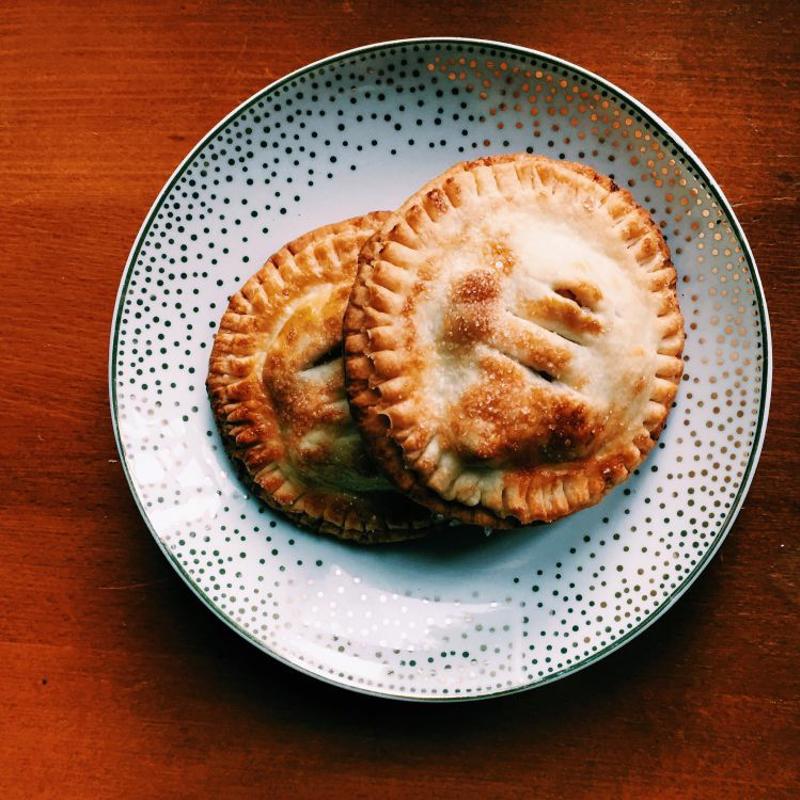Pie is one of the all-time classic desserts, thanks in part to the wide range of dishes that fit in this category. From the classic apple pie to cookie pie and chess pie and its many cousins, there’s a favorite flavor for almost everyone. Beyond fillings, there are many other pie variations for Boulder culinary school students to consider. One especially intriguing one is the fried hand pie, a favorite that’s made a variety of appearances across the U.S. and the rest of the world.
 Fried hand pies are a unique, versatile dessert.
Fried hand pies are a unique, versatile dessert.A fried pie?
The fried pie, like many foods that have their roots deeper in history, doesn’t have a clear origin story. Although presumed to be an American invention, stories of home cooks making and serving them to delighted family and guests proliferate in the South but also stretch into other parts of the country. The Charlotte Observer said the term “fried pie” can raise a quizzical look even in areas where the desserts are or were especially popular.
This dish is a part of culinary heritage item in some respects, not made as frequently as it once was but enjoyed thoroughly in person and in memory by those who are in the know. However, mention a Hostess Fruit Pie, or many other, similar national and regional industrially produced products often served in a small cardboard box or glassine pouch, and you may achieve wider recognition. Of course, most chefs want fresher, brighter and more distinct flavors than are found in convenience food baked weeks or months ahead of the time it’s eaten.
Considering all of the skill and effort that go into baking a good-looking, great-tasting pie – picture a Dutch apple pie topped with delicious streusel or an intricate lattice atop a variety of flavors – a small, fried version may seem less appealing.
While the final product is far different, looking somewhat like an empanada or turnover and easily held in a single hand, the fillings can be just as varied and delicious. Depending on the recipe you choose, a fried pie could also incorporate a variety of innovations that might not work with a traditional pie: glazes, dipping sauces and designs stamped into the crust are just a few ideas. Fillings can also be more adventurous, as the smaller size and the potential to serve a plate of pies means you can mix some more unique flavors in with the classics.
Developing your strategy for fried pies
A simple dough with little more than flour, baking powder, salt and butter – or lard, for real traditionalists – produces a fried pie that calls back to the recipe’s history. The Charlotte Observer’s cultural history of this dish ends with a simple recipe that also uses dried fruit, a traditional filling, to evoke all of the classic flavors of the dish. The filling can, with a little testing, be adapted to use a variety of other dried fruits, as well as jams, classically prepared pie fillings, puddings and more.
Southern Living offered a slightly more modern mix of flavors in its recipe, with a blueberry-ginger combination that brings in fresh fruit and spice to add a little more punch to the filling. This can be an excellent jumping-off point for you to start developing your own personal hand pie concoctions. Whether you want to take classic but limited convenience store flavors and improve them in your restaurant kitchen or use entirely different tastes to create a unique dessert, fried hand pies are a versatile and delicious addition to your menu.

